
Source: Michiru ミチル (@mitiruxxx) - image reproduced with permission
Japanese creator’s “green onion candy” draws praise on social media
- Tags:
- Candy / CG / chitose-ame / Design / green onion / Japanese bunching onion / naganegi
Related Article
-
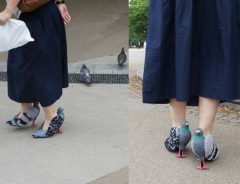
Japanese Woman Wears Handmade Pigeon Heels To Make Friends With Pigeons
-
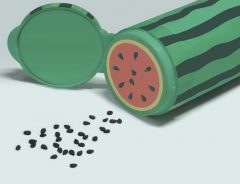
Japanese designer’s saltshaker design is perfect for watermelon lovers
-
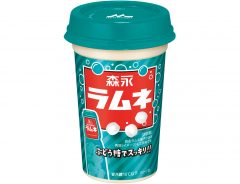
Morinaga releases chilled drinkable version of fan favourite, Ramune Soda Candy
-
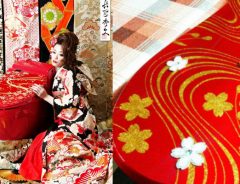
These Japanese Toilets Are Way Too Beautiful For Their Own Good
-

5 Monthly Subscription Boxes To Try If You Love Everything Japanese
-
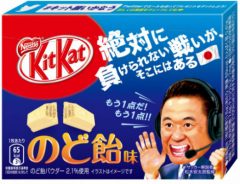
New Japanese Kit Kats Are Cough Drop Flavored


Chitose-ame
One of the traditional rites of passage for children in Japan is known as 七五三 Shichi-Go-San (literally 7-5-3). On November 15th, girls who have turned three or seven, and boys who have turned five visit their local Shinto shrines dressed up in formal kimonos where they receive blessings and parents celebrate their growth and well-being. Taking commemorative photos are often involved.
When they visit the shrine, they'll also receive (or parents will buy) a kind of long, thin candy called 千歳飴chitose-ame, which means "one thousand year candy." The tradition originated in the Edo Period when the child mortality rate was higher, and it expressed the wish that children would live long and happy (sweet) lives.
A five-year old boy holding chitose-ame candy. | Maharo / © PIXTA
Originally, the paper bag decorated with auspicious animals like cranes and turtles, symbols of long life, contained two sticks, one red and one white. However, in modern times, other color variations, flavors, and more complex designs are also available.
Not your typical candy stick
On May 10th, 2021, Twitter users in Japan discovered an unusual twist on the traditional chitose-ame, thanks to planner and designer Michiru ミチル (@hmitiruxxx).
Reproduced with permission from Michiru ミチル (@mitiruxxx)
The two candy sticks were shaped like chitose-ame, but the color pattern immediately evoked something which normally isn't associated with candy: a naga-negi 長ネギ (長葱), a Japanese bunching onion (otherwise known as Welsh onion, or long green onion). For those who are unfamiliar with it, it has a much milder taste compared to conventional onions and can even be eaten raw.
Japanese bunching onion whole, sliced and julienned. | Oshō / © PIXTA
In a Tweet that quickly went viral, collecting over 141,000 likes and 22,000 retweets at the time of writing, Michiru showed off this innovative candy design. As you can see, not only does it come in the stick form, but also in individual candies packaged in their own wrappers, with the distinctive pattern of the onion faithfully reproduced in each slice:
"Naga-negi chitose-ame"
Reproduced with permission from Michiru ミチル (@mitiruxxx)
Reproduced with permission from Michiru ミチル (@mitiruxxx)
Reproduced with permission from Michiru ミチル (@mitiruxxx)
Apparently, Michiru was slicing Japanese bunching onions as a topping for a meal of soba (buckwheat) noodles when the idea struck.
Michiru creates designs in computer graphics, so these images aren't a real product ... or at least not yet.
Soon after the Tweet was posted, a candy maker contacted Michiru about making it happen, so who knows?
Here is a small sample of the comments praising this ingenious candy design:
* In addition to being good against colds and the flu, Japanese bunching onions have numerous health benefits including antiviral and antibacterial properties, minerals good for circulation and lowering sugar levels in the blood, and more. See this page for details.
Other amazing product designs by Michiru
If you look at Michiru's Twitter account, you'll find other amazing product designs, each one of them so appealing you can't help but wish they were actual products you can buy.
For example, here is the Mount Fuji pencil:
The Google search (ice cream) bar:
Umbrella jelly:
There are many more as well!
To admire the other creations, follow Michiru's Twitter account here, or click here for a self-curated list.